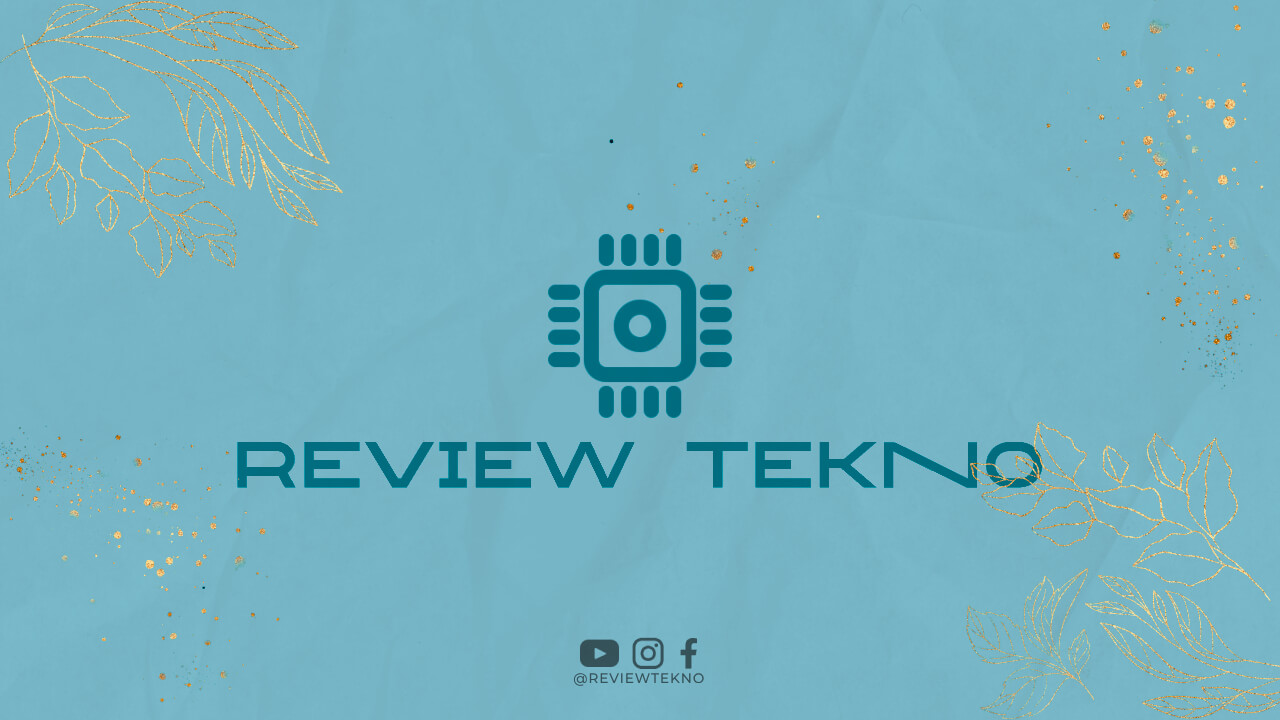With the rise of technology and digitalization, central banks around the world are exploring the possibility of introducing a Central Bank Digital Currency (CBDC). A CBDC is a digital form of fiat currency that is backed and issued by a central bank. It is different from cryptocurrencies like Bitcoin as it is centralized and regulated by the central bank.
What is the Purpose of a CBDC?
The purpose of a CBDC is to provide a digital alternative to physical cash. It can be used for everyday transactions, just like cash or other forms of digital payment methods like credit cards or e-wallets. However, unlike these payment methods, a CBDC would be issued and backed by the central bank, which provides additional security and stability.
CBDCs can be used for a variety of purposes, including:
1. Financial Inclusion
One of the primary purposes of a CBDC is to increase financial inclusion. In many countries, a large portion of the population does not have access to traditional banking services. A CBDC can provide a digital payment option that is accessible to everyone, regardless of their location or financial status.
With a CBDC, people can make transactions without having to rely on a bank account or credit card. This can be especially beneficial for those who live in remote areas or do not have access to traditional banking services.
2. Improved Payment Systems
CBDCs can also improve payment systems by making transactions faster, cheaper, and more secure. Unlike traditional payment methods that require intermediaries like banks or payment processors, CBDCs can be transferred directly from one person to another, reducing transaction costs and processing times.
CBDCs can also improve security by reducing the risk of fraud and counterfeiting. As CBDCs are digital, they can be easily tracked and traced, making it difficult for criminals to engage in illegal activities.
3. Monetary Policy
Another purpose of CBDCs is to aid in the implementation of monetary policy. Central banks can use CBDCs to control the money supply and stabilize the economy. For example, if the economy is experiencing inflation, the central bank can reduce the supply of CBDCs to control inflationary pressures.
CBDCs can also help central banks monitor and manage financial risks. As CBDCs are digital, central banks can easily track transactions and identify potential risks before they become a problem.
4. Cross-Border Payments
CBDCs can also be used for cross-border payments, making it easier and cheaper to transfer money between countries. Currently, cross-border payments can be expensive and slow, with high fees and long processing times.
A CBDC can make cross-border payments faster, cheaper, and more secure. As CBDCs are backed by the central bank, they can also provide greater stability and reduce the risk of currency fluctuations.
Conclusion
CBDCs have the potential to revolutionize the way we make payments and conduct transactions. They can improve financial inclusion, payment systems, monetary policy, and cross-border payments. As technology continues to advance, it is likely that more central banks will explore the possibility of introducing a CBDC.

